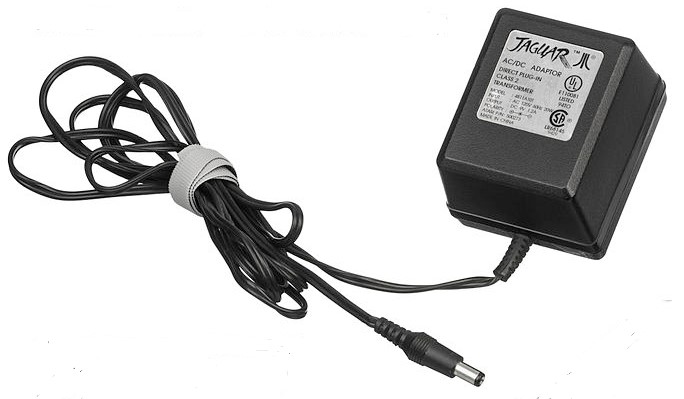 Grid Power, an overview on delivery
Grid Power, an overview on delivery
Have you ever wondered how the heat from the flame of a kerosene fridge could possibly have anything to do with keeping milk fresh and butter firm in a cold fridge on a hot day?
I’ll let you Google that one because in this article I’m just going to cover how we safely get the controllable electricity that we use on a daily basis delivered to our home. Most households have grid power or mains power delivered to their home. Anyone who doesn’t has to get their electricity in some other way.
They may run a petrol or diesel generator, a wind generator, a micro hydro system or more commonly a standalone photovoltaic system with battery storage. They are other subjects for another day because today I’m just going to discuss how the majority of Australians are supplied with electricity.
In Australia we have 240 volts at 50 cycles per second on tap delivered to the power sockets that have been strategically placed around our home. Voltage can be more easily understood as electrical pressure. The greater the voltage, the greater the risk of a mishap. The USA uses 110 volts, Europe uses 220 and Australia decided in the 1920’s that we should have 240 volts.
Electricity is delivered over long distances at very high voltages, even tens of thousands of volts. The higher the electrical pressure, that is, the voltage, the further it can be transported with the least amount of losses. It is not delivered into your home at tens of thousands of volts but is reduced before it gets there by a transformer.
It comes safely into your home via your metre box that also houses fuses and switches and gadgets called RCD’s that keep you even more safe. You don’t always get 240 volts. That’s called a nominal voltage and it’s what the supplier strives for.
The #1 best tactic for making your home more energy efficient (hint: it’s not putting
millions of solar panels on your roof) >>COMPLIMENTARY VIDEO >>>
The appliances in your home work best when operating at 240 volts however the voltage that arrives at your home may vary 5 or 10 volts above or below without any real issues. The electricity that is delivered to your home is called AC voltage. AC stands for alternating current and it is used because it can be transported over large distances at high voltages with fewer losses than would be experienced with DC voltage.
An alternating current changes the direction of flow. 50 cycles per second (50 Hz) means that it changes direction 50 times every second. The mains power that is supplied to your home is 240 volts of alternating current which changes direction 50 times every second. The electrical appliances that you purchase in the shops have been built and are supplied to match the power supply of our country.
 If you ever buy an electrical device from overseas, make sure that it can be compliant with the Australian electrical supply and also that it has the plugs to suit our country. There are a number of appliances inside your home that can run directly on 240 volt AC power. There are however many appliances within your home that run on DC voltage, so the supplied AC voltage has to be changed to DC voltage.
If you ever buy an electrical device from overseas, make sure that it can be compliant with the Australian electrical supply and also that it has the plugs to suit our country. There are a number of appliances inside your home that can run directly on 240 volt AC power. There are however many appliances within your home that run on DC voltage, so the supplied AC voltage has to be changed to DC voltage.
DC voltage means direct current. Direct current does not change direction. The appliances that require DC voltage have a transformer on the 240 volt AC lead that plugs into the wall, or is built into the unit and out of sight. DC voltages that are used for home appliances are usually quite low frequently in the order of 12, 9 or perhaps 6 volts and each appliance requires its own specific transformer which provides the specific and correct voltage to the unit.
Some power supplies can be used on multiple appliances and are usually very common, mass produced, off the shelf items. It is important however to match the correct power supply with the correct unit otherwise damaged may result. Some units require very specific nominal voltages to work correctly.
Unless you know what you’re doing, don’t confuse power supplies or mix them up. These little transformers also use power even if the appliance is not being used. If you want to save electricity make sure that you turn all of your power supplies off at the wall after use.
John Lynn
Suburban Off Grid Living
